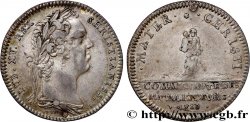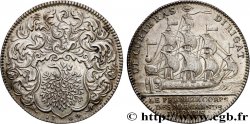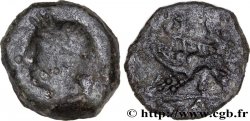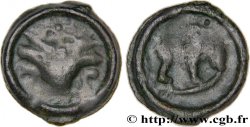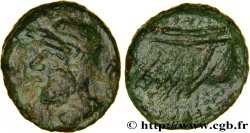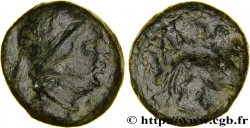350.00 €(Approx. 406.00$ | 304.50£)
Quantity
Add to your cart

Type : FOURBISSEURS - ARMURIERS
Date: 1742
Metal : silver
Diameter : 29 mm
Orientation dies : 6 h.
Weight : 7,57 g.
Edge : cannelée
Rarity : R1
Catalogue references :
Obverse
Obverse legend : AD TVTELAM. REGIS. ET. HEROÜM. DECUS.
Obverse description : Un trophée d'armes ; à l'exergue en deux lignes : COMMVNAVTE. DES / FOURBISS..
Obverse translation : (La gloire pour la protection du roi et des héros).
Reverse
Reverse legend : CHRISTI. UIAS. PARANTI.
Reverse description : Saint Jean assis à gauche, prêchant une femme prosternée devant lui ; à l'exergue : deux épées croisées et 17- 42. Signé LL. - F..
Reverse translation : (Pour celui qui prépare les voies du Christ).
Commentary
Les deux épées à l’exergue du revers montrent les armes des fourbisseurs d’épées : d’azur, à deux épées d’argent passées en sautoir, les gardes et les poignées d’or. Le travail des fourbisseurs consiste à fourbir et éclaircir les épées, les monter et les garnir. Les lames des fourbisseurs parisiens viennent d’Allemagne, de Franche-Comté ou de Saint-Étienne-en-Forez. Les fourreaux sont en général en hêtre recouvert de toile, puis de cuir cousu et collé.
The two swords in the exergue on the reverse show the coat of arms of the sword furnishers: azure, two silver swords crossed, the guards and hilts gold. The work of the furnishers consists of furnishing and clearing the swords, mounting them and garnishing them. The blades of the Parisian furnishers come from Germany, Franche-Comté or Saint-Étienne-en-Forez. The scabbards are generally made of beech covered with canvas, then sewn and glued leather
The two swords in the exergue on the reverse show the coat of arms of the sword furnishers: azure, two silver swords crossed, the guards and hilts gold. The work of the furnishers consists of furnishing and clearing the swords, mounting them and garnishing them. The blades of the Parisian furnishers come from Germany, Franche-Comté or Saint-Étienne-en-Forez. The scabbards are generally made of beech covered with canvas, then sewn and glued leather







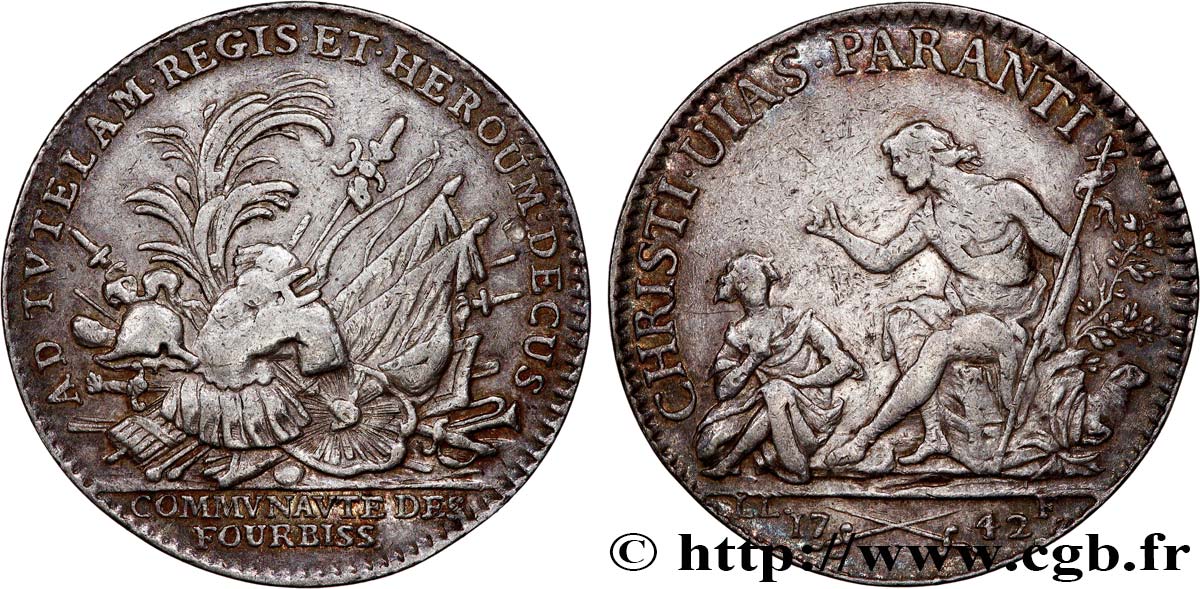
 Report a mistake
Report a mistake Print the page
Print the page Share my selection
Share my selection Ask a question
Ask a question Consign / sell
Consign / sell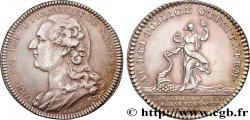
 Full data
Full data
